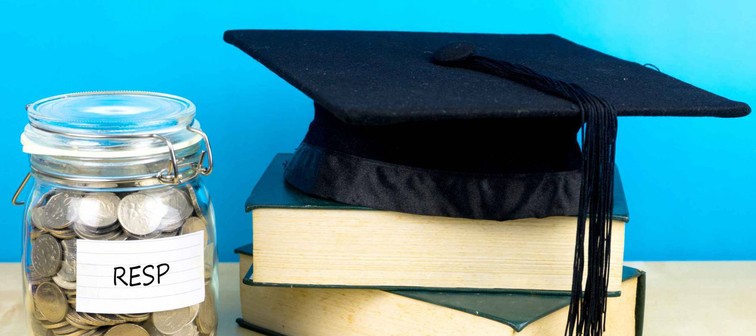After years of saving diligently in your Registered Education Savings Plan (RESP) for your child’s post-secondary education, the time will come to start withdrawing funds. Understanding RESP withdrawal rules and strategies will ensure a smooth flow of funds for your child’s education while minimizing any tax implications.
This article will explore the different types of money in an RESP account, how RESP withdrawals work, and crucial withdrawal strategies to consider.
Understanding the Money in Your RESP Account
There are three main categories of funds within an RESP account:
- Your Contributions (PSE): These are the after-tax contributions you make to the RESP. You can withdraw them at any time tax-free.
- Government Grants (EAP): These include the Canada Education Savings Grant (CESG), Canada Learning Bond (CLB), and any applicable provincial grants. They are considered taxable income when withdrawn by the beneficiary.
- Investment Income (EAP): This refers to the interest, dividends, and capital gains earned within the RESP. It’s also considered taxable income when withdrawn by the beneficiary.
Post-Secondary Education (PSE) vs. Education Assistance Payments (EAP)
The terms PSE and EAP are crucial for understanding RESP withdrawals.
- PSE (Post-Secondary Education): This refers to your contributions to the RESP. You can withdraw any amount of PSE tax-free at any time.
- EAP (Education Assistance Payments): This encompasses all government grants (CESG, CLB, provincial grants) and investment income earned within the RESP. When withdrawn, EAP is considered taxable income in the hands of the beneficiary.
Tax Implications of PSE and EAP Withdrawals
- PSE Withdrawals: Withdrawing your contributions (PSE) is tax-free because you already paid tax on them before contributing.
- EAP Withdrawals: Since they include government grants and investment income, EAP withdrawals are considered taxable income for the beneficiary. However, students typically fall into a low tax bracket and may pay little to no tax, especially considering the basic personal amount and tuition tax credits.
RESP Withdrawal Eligibility and How It Works

Eligible Educational Institutions:
RESP funds can be used to cover expenses at qualified post-secondary institutions, including universities, colleges, trade schools, CEGEPs, and technical schools. You can find a list of designated educational institutions here: [invalid URL removed] and a list of certified institutions by province here: [invalid URL removed].
Full-time vs. Part-time Enrollment
- Full-time: For programs in Canada, this refers to a course of study at least 3 weeks long with a minimum of 10 hours of instruction each week. If the program is abroad, full-time means it’s at least 13 weeks long.
- Part-time: An eligible part-time program in Canada must be held for at least 3 consecutive weeks and involve at least 12 hours of courses per month.
Making an RESP Withdrawal
To initiate withdrawals, contact the financial institution where your RESP is held. They will typically require:
- An RESP withdrawal form
- Proof of enrollment at a qualified post-secondary institution
- Specifying the type of withdrawal (PSE or EAP)
Remember, PSE funds can be used for anything, while EAPs are meant to cover educational expenses like tuition, accommodation, and books.
RESP Withdrawal Rules for Family Plans
Family RESPs allow you to include multiple beneficiaries. You have some flexibility in how grant money is divided, but there are limits:
- The maximum CESG withdrawn per child cannot exceed $7,200.
- CLB contributions can only be paid to the beneficiary that received them.
- Investment income earned on CESG and CLB can be used by any of the beneficiaries in the family RESP.
Key RESP Withdrawal Rules
- Maximum EAP Withdrawal in the First 13 Weeks: There’s a maximum of $8,000 per beneficiary during the initial 13 weeks of enrollment in a qualifying program ($4,000 for part-time studies). This limit applies even if you withdraw from multiple RESP accounts.
- After 13 Weeks: Following the initial 13 weeks, there’s no limit on the amount of EAP that can be withdrawn, as long as it’s considered reasonable for educational expenses. The promoter (financial institution) may request receipts for significant withdrawals exceeding the annual EAP threshold set

